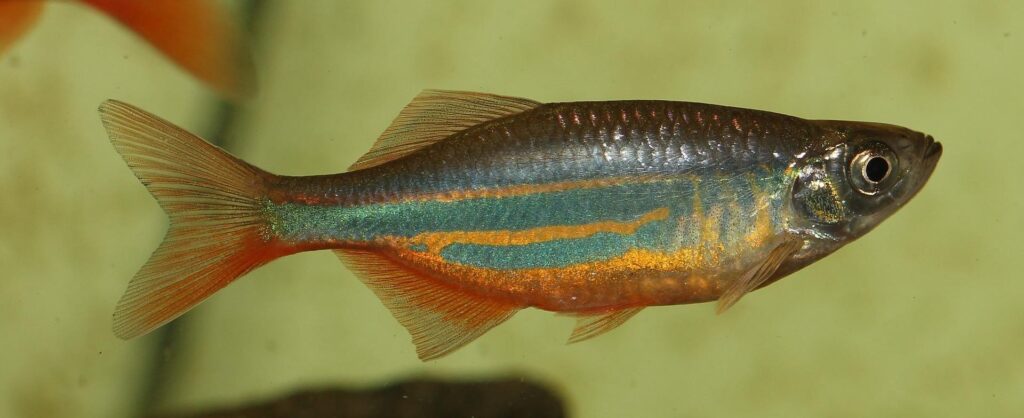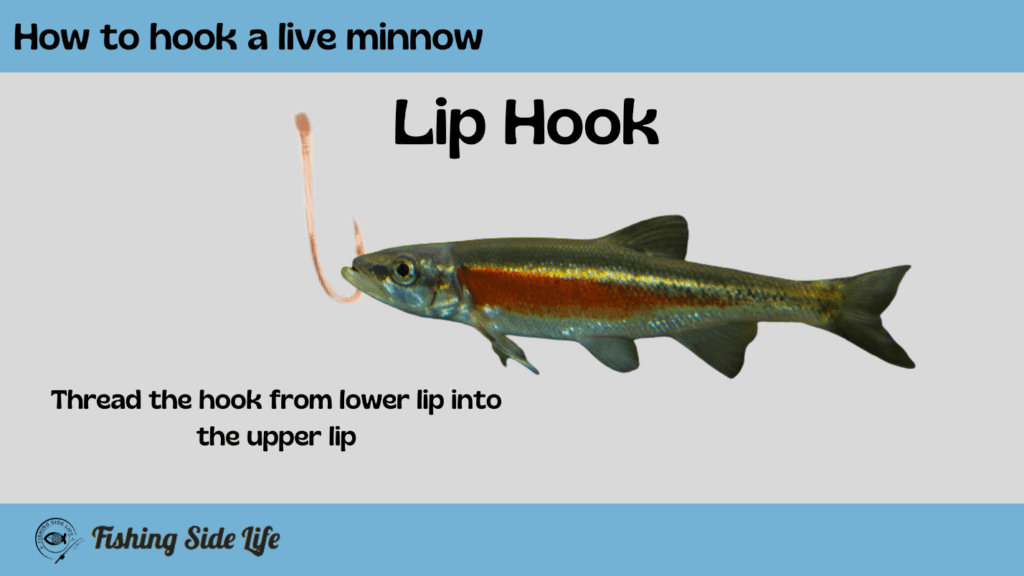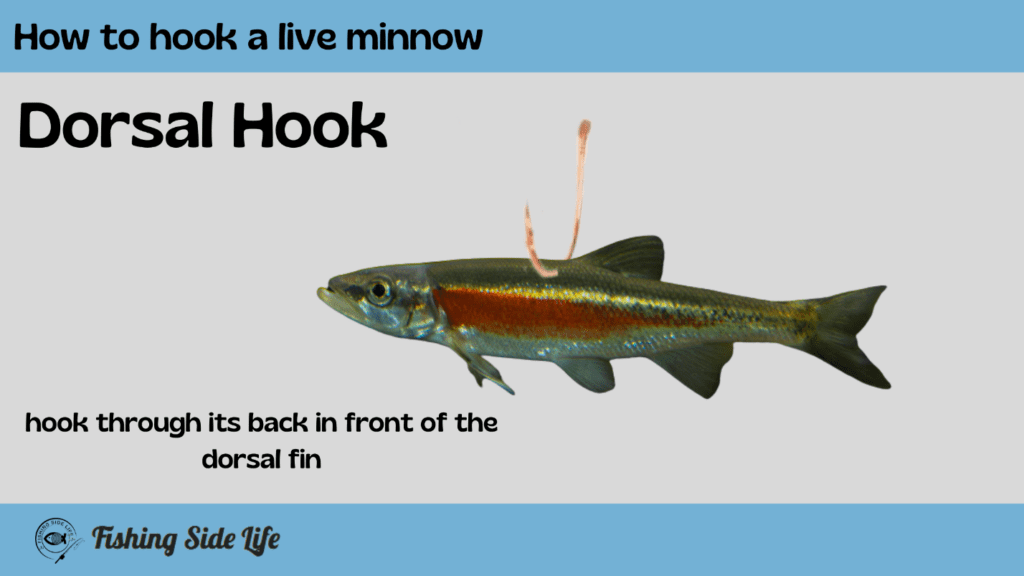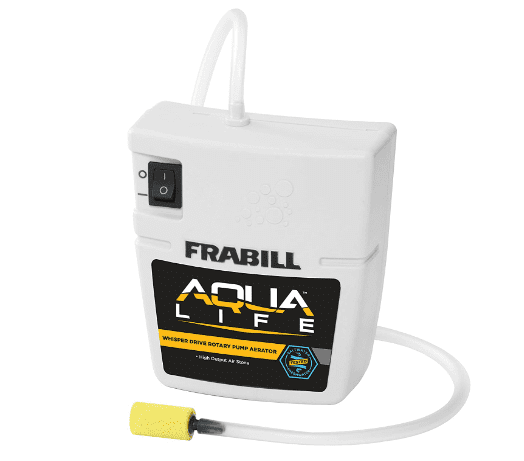Fishing is always a fun activity and there is so much to explore in this single activity the more you dive deep into it, the more you will know. Different gears with different features and different techniques are used by each different angler. Anglers apply all possible different methods to attract large fish. The smarter the technique is, the more fish are trapped. Live baits are one of the popular techniques used by many anglers to catch larger fish.
Instead of using artificial lures and bait a live one is a perfect approach with impressive results. Although handling and hooking a live bait is quite tricky one has to be experienced but with small practice sessions a beginner can be trained. So no need to worry about learning this trick.
Talking about live minnows, but what they are. The “minnow” is the name of the fish family comprising 48 different small fish it’s like a whole family of small fish and not a name of one specific fish, some of the popular and common minnows are carp freshwater specie and goldfish. Using minnows as baitfish is the most perfect and popular method used to catch fish.

Why use live minnows?
Now recall your 5th-grade science lesson on the food chain where larger animals prey on smaller ones for survival same is the case for water species. Larger fish target smaller ones. Look at this food chain:

This explains that large fish are always in search of smaller ones to target. So using live minnows in fishing is beneficial in many aspects
1: Any type of minnows can be used to catch any type of fish so you don’t have to be specific
2: Minnows are easily available and budget-friendly moreover minnows quickly reproduce and multiply in numbers. So you can breed them at home and save money from buying again and again.
3: Large fish are more attracted to live wobbling baitfish rather than artificial baits therefore the results are guaranteed that your target will be trapped.
Challenges to using live baits
Using minnows as live baits is common but there are some challenges while using them, these are
The minnows should be kept alive, but how do manage to keep them alive? What are the precautionary measures?
How to properly hook them, should be saved from injuries, and one slightest mistake while hooking, the baitfish can die on the spot. So you have to be careful while hooking.
How to hook a live minnow
Hooking a live bait is a challenge for beginners but one can be trained with practice. I remember when it was my first time hooking a live bait, it was a frustrating task for me as two of my baits slipped away from my hand, one died but finally at last I learned how to hook a live bait properly. Hooking is a simple task you just have to be focused. So don’t worry about it, you are landed on the right page.
Different methods are used for hooking and following them you can easily hook without killing your minnow. Here, one thing I want to mention is that read the methods carefully and do exactly the same and avoid inserting the hook into any part of the fish, especially the eyes, head, stomach, or gills.
Following the methods, you can keep the minnow alive for a longer time and the minnow will also swim freely into the water.
Lip Hook method

The very first method here is the lip hook or the lip lock method. In this, cling the hook from the lower lip to the upper lip quickly and avoid the fish head. In this way, the minnow is hooked in an upward direction, the sharp end of the hook is also upright and the bait can also swim freely.
Keep in mind that this method is locking the bait’s mouth i.e. it no longer can open its mouth, no water intake and it also affects its breathing power so this formula shortens the life span, your bait will die soon after some retrieves as this affects its gills.
This method is quite easier as compared to the other two and is especially recommended for beginners because there as fewer chances of damaging the major parts.
Keep on checking the bait, when it’s dead change your bait and cast a new one.
Dorsal Hook

Another hooking method is named “Dorsal” and in simpler hooking a minnow through its back in front of the dorsal fin.
This method lets the bait swim naturally and doesn’t affects its life span and keeps your minnow alive as long as your fishing goes or until a bigger fish isn’t trapped but, avoid digging too deep that you may damage its spine.
That’s why I recommended this method to professionals involved in ice fishing. Moreover, a bobber or a sinker can also be used ahead of the minnow here.
Tail hook

Hooking a minnow from its tail is another popular and easy method. Following this method, pass the hook from the point right from where the tail starts again a precautionary measure to avoid inserting your hook directly into the fishtail in this way you may affect its swimming as they use their tail for swimming.
This method doesn’t lessen the life span of the live bait and lets it swim freely, naturally, and easily and attracts your catch.
This one can also be adapted by beginners.
Floating a minnow beneath a bobber
Floating a minnow beneath dummy rigs can work well for catching large gamefish. Fish in this area usually feed on insects near the water’s surface. Therefore, you will want to keep your bobber at a height of one to two feet below the surface. If you fish for large fish at a depth greater than this, you may not catch any.
While it’s possible to catch a large fish by dangling a minnow beneath a bobble, the rig must be positioned in the water column so that it will be in a good position to be struck by a big fish. This technique can be effective in different types of water, especially when you’re fishing in saltwater.
Another option for dangling bait is a fixed pencil float. It works well for shallow water and doesn’t require a long line. A weighted pencil float helps with casting distance. Windy conditions may be a problem, however. Wind can push the floats out of the zone where fish are, and a bobber can get pushed away. Thill’s fishing floats have a system for dealing with wind. The TG Waggler is especially useful for fishing in windy conditions.
When fishing in weed-less areas, you can use a simple live bait rig. Thread the tail and lip of the minnow through the jig. The minnow will offer lively action during pauses. If you can find fish that are biting, you’ll likely get the strike. So, why not try it? You’ll be happy you did!
A bobber is one of the most important tools in your arsenal for catching large fish. It can make the difference between a fish and a non-tackled angler. A bobber can help you catch large fish, as well as a variety of small fish. Bobbers also come in a variety of colors and shapes, and you can choose one that will attract the best fish.
Before you use your bobber to fish for large fish, you need to select the right jig for the speed at which you want to retrieve the bait. For example, a 1/16-ounce jig head would work well for a slow retrieve, while a thin curly tail would be better for a fast one. Floating a minnow beneath a bobber is an old technique for catching large fish. Many anglers use cane poles to wait in the mud for their next meal of minnow.
How to keep minnow alive
Temperature
Try to manage the water temperature. It is recommended not to change the water quickly which they came and when changed it should be of the same temperature. Minnow stays healthy in cold water rather than warm but it wouldn’t freeze cold. I must recommend that the water temperature should be the same or balanced as the water of your fishing location.
Suffocation
Save your minnows dying from suffocation. Too many minnows in one bucket may cause suffocation and a lack of oxygen in the minnows. It is recommended to place them in a large bucket so they can breathe easily.
Use Aerator

For placing your minnows in the best condition invest money in an aerator, this will supply oxygen, and maintains its level which will help to keep your minnows alive. Try to buy an aerator which produces zero noise as noise produces disturbance for the water species.
At last, keep the water clean, change it frequently but keep the temperature balanced and feed them regularly. You can use bloodworms, brine shrimp, or goldfish food I give you a hint there minnows prefer to eat food that sinks rather than floats into the water so keep in view their preference.
If you don’t have a live minnow on hand, you can also use a dead one, or even frozen minnows are also available at fish shops. Live minnows are effective bait fish, and they are also effective for finesse fishing. Just remember that when trying to catch a large fish, it’s important to have meat on the hook, as this will give the fish the scent they’re looking for. If you do this correctly, it can mean the difference between a fish striking and not. Hope you found this article helpful.
Once you know how to bait a live minnow, next pick a good spinning rod and reel and went to your favorite fishing location.


